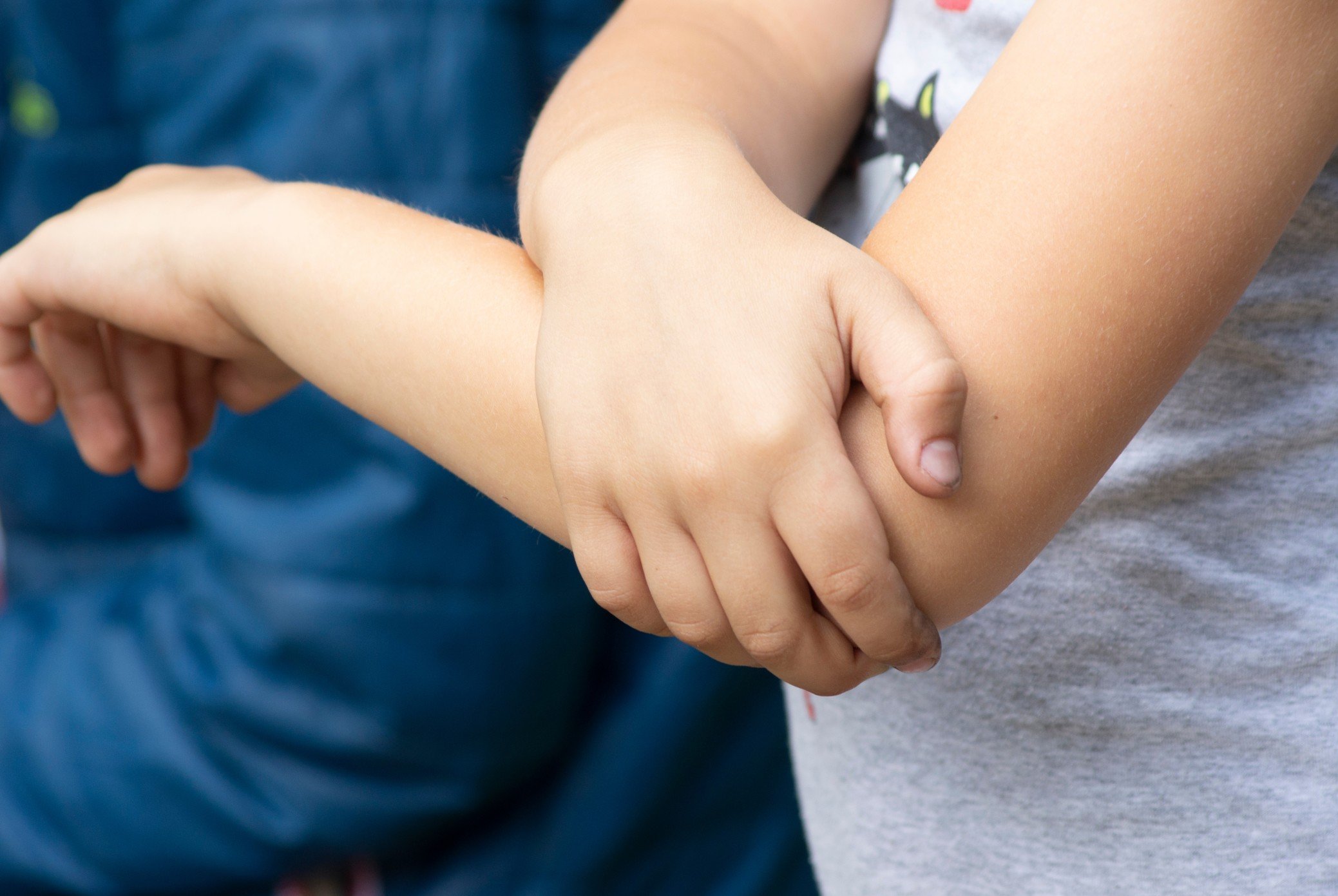
Everyone has had one at one point or another. We’re all prone to bump into something or trip from time to time. And it’s not just a problem for those of us who are abnormally clumsy or for growing kids.
Bruising occurs when your skin experiences a type of trauma. The injury causes tiny blood vessels in your skin (called capillaries) to burst, trapping blood below your skin. Some bruises are painful while others you might not even notice. Many will go away on their own, though sometimes a bruise is a symptom of something much more sinister.
Rest, Elevate, Pain Relievers
Immediately after you get a bruise, you should stop what you’re doing and rest. If you’re playing a sport, sit out the rest of the game. Your goal is to slow down the blood flow to your bruise, which means slowing your heart rate and limiting your movement. If you are able to, elevate the bruise above your head. Pain relievers can help, such as ibuprofen or naproxen, but be sure you are healthy enough to take these.
Healing with Ice
The most common treatment for a bruise is to ice it. Icing your bruise will help dull the pain, and lowering the temperature makes your blood flow more slowly. This means the bruise will be smaller and will heal faster. You mustn’t put the ice directly on your bruise and don’t leave it on for more than ten minutes at a time.
If you’ve seen many cartoons or old sitcoms, you might be familiar with the idea of slapping a cold steak across an injury to help with the pain. If you haven’t, do worry. It’s an outdated idea that has no basis in healing. Right off the bat, it’s not safe to handle raw meat. It’s also a bad idea to put raw meat on what might be an open wound, which can cause infection. If you’re short on ice packs, go with a bag of frozen vegetables instead. It’s cleaner and more sanitary.
Healing with Heat
While ice will help stop a bruise from spreading and alleviate pain, heat boosts blood flow and will help clear it up. You should wait 48 hours after bruising to try this method. Try a heating pad or warm compress, or soak in a warm bath to ease pain and loosen your muscles.
How Bad is the Bruise? Should I See a Doctor?
More often than not, a bruise is nothing to worry about. It might be painful for a few days and not be the best to look at, but they typically go away on their own and don’t cause any lasting damage. Recognizing when they’re something more sinister or appear more often than usual, you should talk to your doctor. Bruises might be the sign of an infection, liver disease, vitamin deficiencies, or even some cancers.
Most of the time, treating a bruise is straightforward and simple. We all get them from time to time, and they aren’t much cause for concern. For more health and safety tips, check out our blog page.

